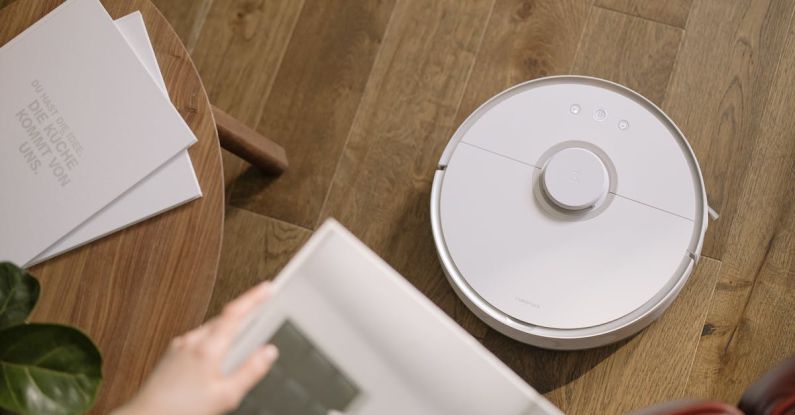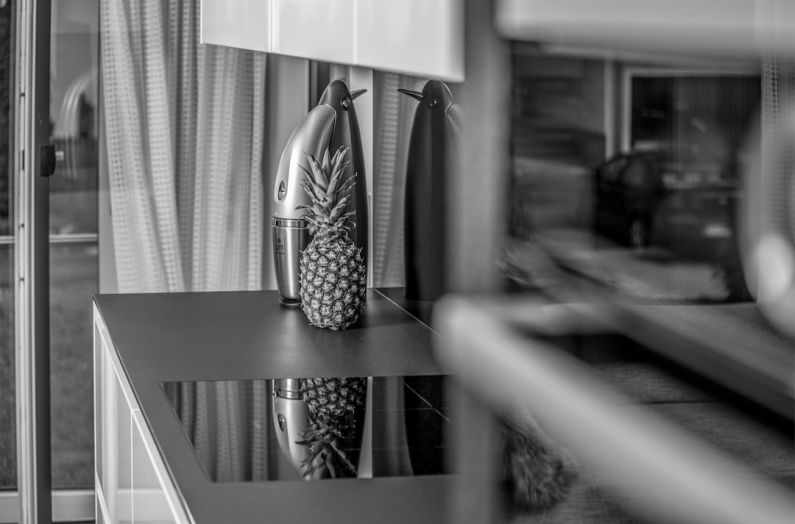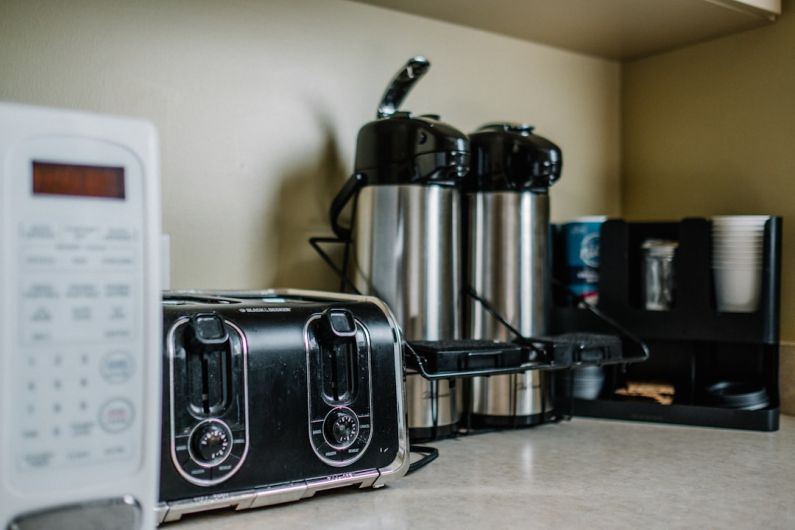Can a Robotic Vacuum Really Keep Your Floors Clean?
Keeping our homes clean is a never-ending task. The floors, in particular, seem to attract dust, dirt, and debris no matter how much we sweep or vacuum. With the advancement of technology, robotic vacuums have become a popular choice for many homeowners. But can these machines truly keep our floors clean? Let’s explore the capabilities and limitations of robotic vacuums to find out.
Efficiency and Convenience
One of the primary reasons people invest in robotic vacuums is their efficiency and convenience. These automated machines are designed to navigate through your home, reaching every nook and cranny that manual cleaning may miss. Equipped with sensors, they can detect obstacles and adjust their path accordingly, ensuring a thorough clean.
Subhead: How Do Robotic Vacuums Work?
Robotic vacuums use a combination of sensors, algorithms, and brushes to clean your floors. The sensors detect objects and edges, preventing the vacuum from falling down stairs or colliding with furniture. The algorithms help the vacuum map out your home’s layout, enabling it to clean systematically and efficiently. The brushes, often made of bristles or rubber, collect dirt and debris from various floor surfaces.
Subhead: The Pros and Cons of Robotic Vacuums
Pros:
1. Time-saving: With a robotic vacuum, you can set it to clean while you’re away, allowing you to come back to clean floors without lifting a finger.
2. Hands-free operation: Robotic vacuums require minimal effort from the user. Once set up, they can operate autonomously, freeing up your time for other tasks.
3. Versatility: These machines are designed to clean various floor surfaces, including hardwood, carpet, and tile. Some models even have mopping capabilities.
Cons:
1. Limited suction power: Robotic vacuums are generally not as powerful as traditional upright vacuums. While they can pick up surface-level dirt and debris, they may struggle with deep cleaning or large particles.
2. Inability to navigate obstacles: Although equipped with sensors, robotic vacuums may still have difficulty navigating certain obstacles, such as high-pile carpets or cluttered areas.
3. Maintenance and upkeep: Robotic vacuums require regular maintenance, including emptying the dustbin, cleaning the brushes, and replacing filters. Failure to do so can impact their performance.
Subhead: Are Robotic Vacuums Worth the Investment?
The answer to this question depends on your specific needs and circumstances. If you have a busy lifestyle and struggle to find time for cleaning, a robotic vacuum can be a valuable addition to your home. It will help you maintain a basic level of cleanliness without much effort. However, if you have pets that shed a lot of hair or if you prefer a deep clean, a traditional vacuum may still be necessary.
Subhead: Tips for Getting the Most Out of Your Robotic Vacuum
To maximize the effectiveness of your robotic vacuum, consider the following tips:
1. Clear the floor: Remove any obstacles, such as toys, cables, or loose rugs, to allow the vacuum to move freely and avoid getting stuck.
2. Set a cleaning schedule: Program your robotic vacuum to clean at regular intervals, ensuring that your floors stay clean even when you’re not at home.
3. Regular maintenance: Empty the dustbin, clean the brushes, and replace filters as recommended by the manufacturer to ensure optimal performance.
In conclusion, while robotic vacuums can certainly contribute to keeping your floors clean, they have their limitations. These machines are efficient and convenient, but they may not provide the same level of deep cleaning as traditional vacuums. Understanding their pros and cons, as well as incorporating some tips for optimal use, will help you make an informed decision about whether a robotic vacuum is right for you.






